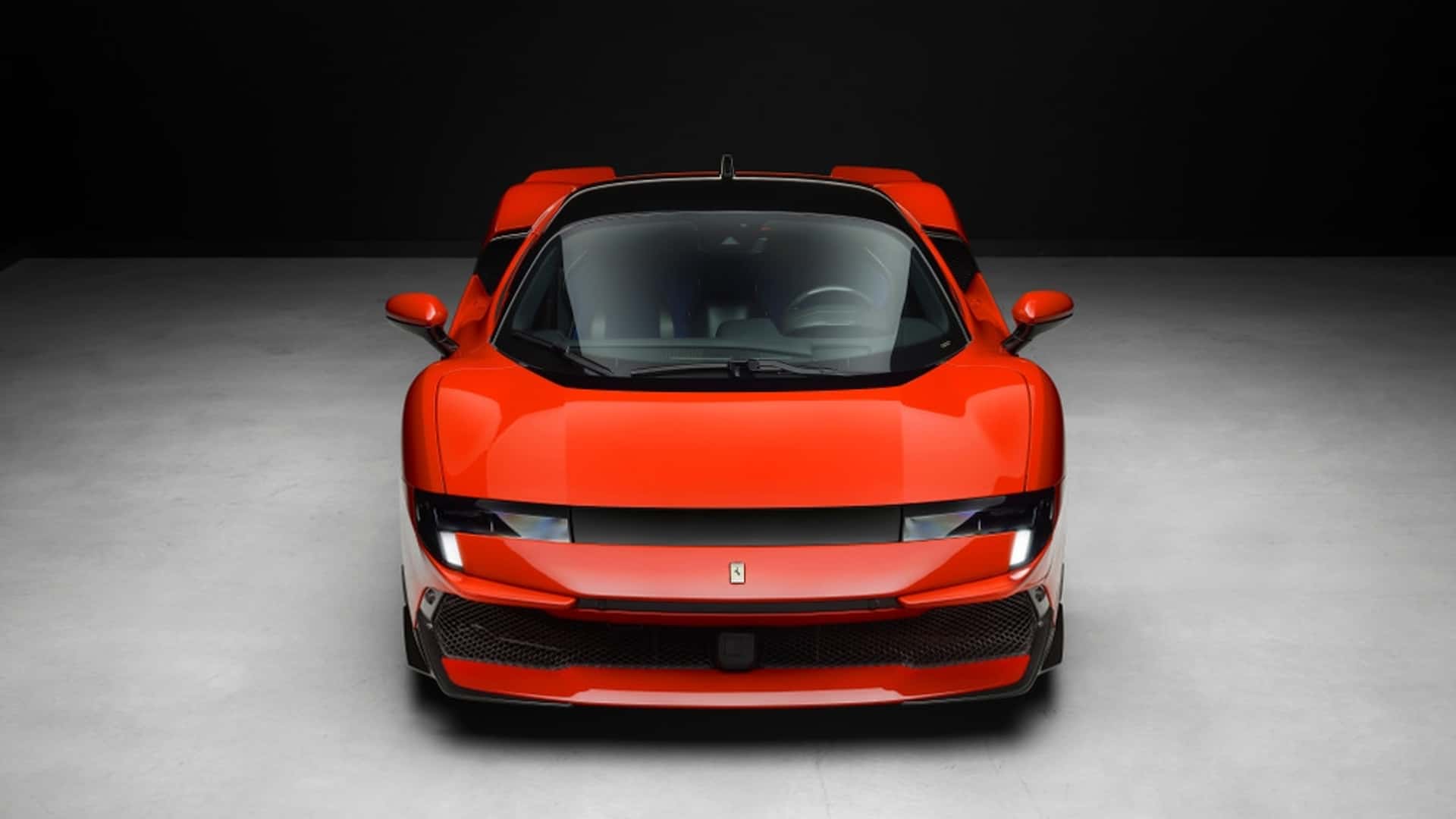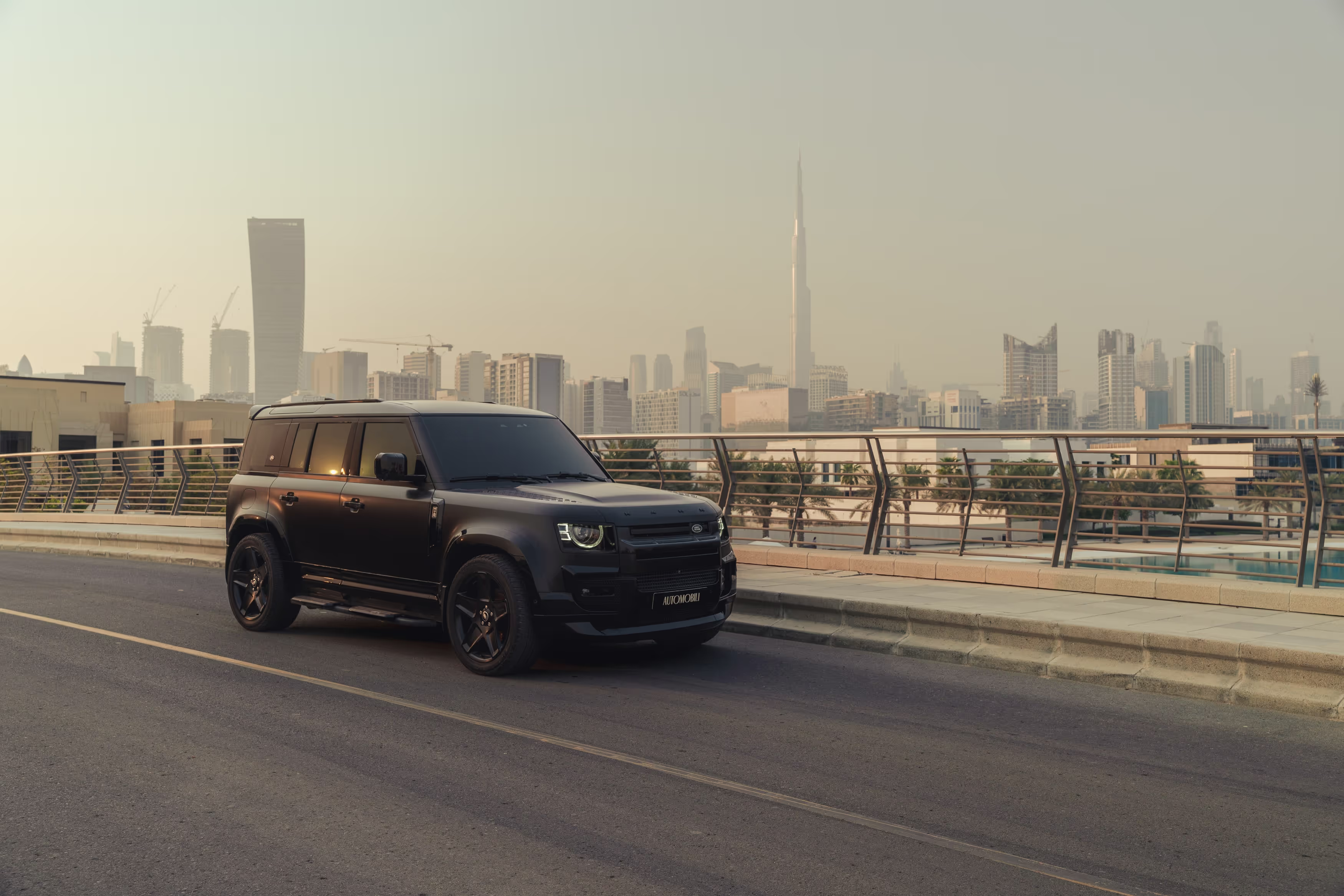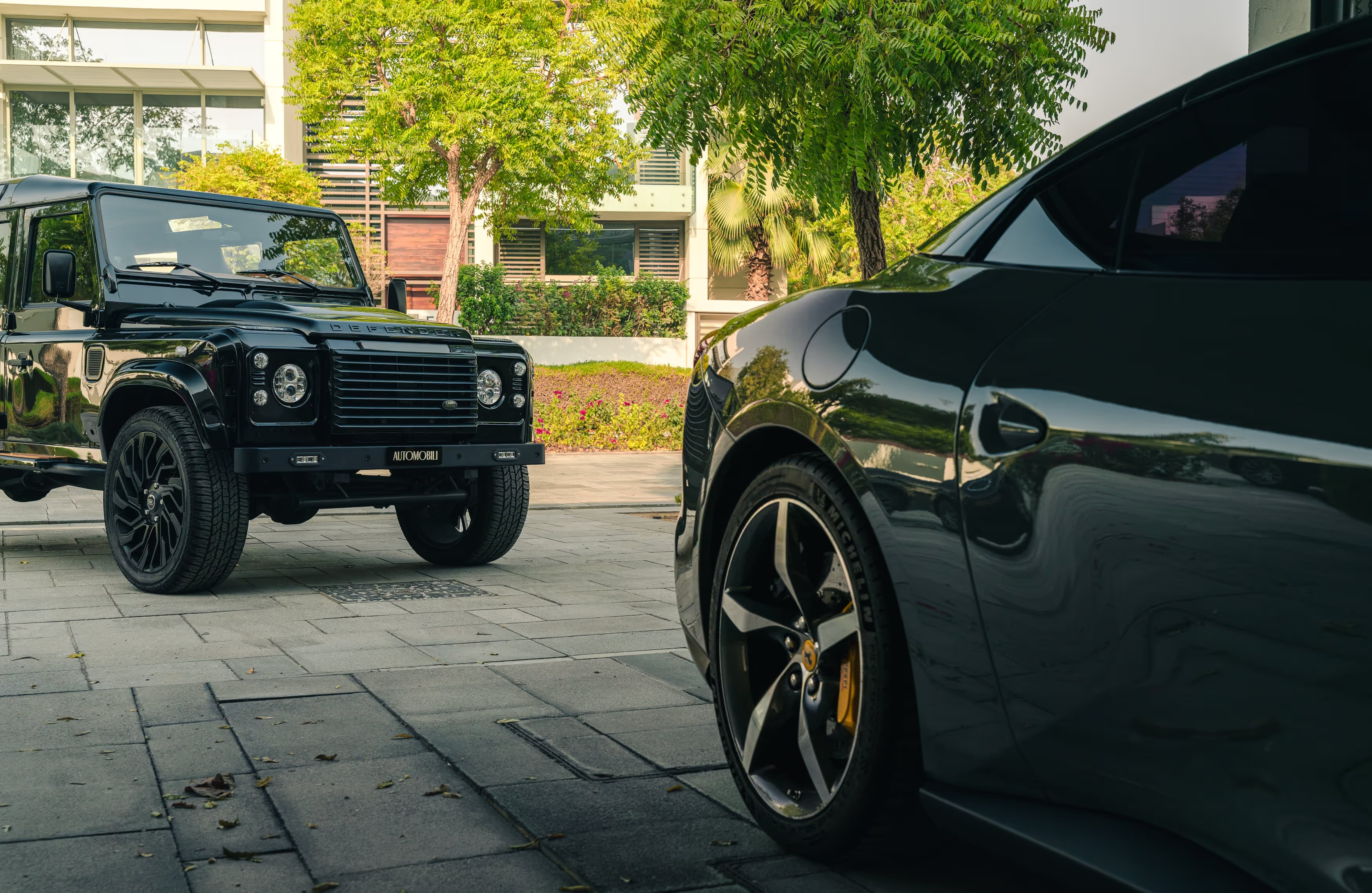Ferrari is not a brand that simply produces cars; it produces milestones in automotive history. Each model carries not just engineering advancements, but also a narrative that ties past glory to future innovation. Among all the names etched into Ferrari’s DNA, few resonate like Testarossa. The original of the 1980s became a global icon, gracing posters, TV shows, and garages of the elite. Even earlier, the 250 Testa Rossa of 1957 helped cement Ferrari’s racing legend.
Now, Ferrari revives that name for the 849 Testarossa, a car that bridges eras. Measuring 4.72 meters long, based on the SF90 Stradale, and armed with a hybrid powertrain delivering 1,050 horsepower, it is not nostalgia on wheels. Instead, it’s a manifesto: Ferrari can honor its heritage while setting new benchmarks for design, performance, and technology.

The Legacy of the Testarossa and the Birth of the 849
From the 1957 250 Testa Rossa to the 1984 Icon
The word “Testarossa” first appeared in the late 1950s, attached to the 250 Testa Rossa, a racing legend whose red cylinder heads inspired the name. Decades later, in 1984, the Testarossa became a cultural phenomenon, its wide stance and dramatic side strakes capturing the imagination of an entire generation. The model stayed in production until 1992, spawning successors like the 512 TR and F512 M, each refining the concept without losing its dramatic flair.
A Name with Symbolism
The 849 Testarossa continues this lineage but brings new meaning. The “8” refers to the V8 engine, while “49” reflects the 499 cc displacement per cylinder. It is not a coincidence but a deliberate nod to Ferrari’s tradition of blending numbers and heritage into identity. By reviving the name, Ferrari signals continuity while clearly stating this is no retro homage.
Closing the SF90 Chapter
The 849 is built on the bones of the SF90 Stradale, Ferrari’s first plug-in hybrid supercar. While the SF90 was revolutionary when launched in 2019, competition has since caught up — Lamborghini with the Revuelto, Aston Martin with the Valhalla. The 849 steps in to reclaim dominance. With more power, refined technology, and a design that references Ferrari’s golden eras, it marks the end of one chapter and the start of another.
Image © Ferrari. All rights reserved. Source: Ferrari Official Website
Between Past Inspirations and Future Aerodynamics
Echoes of the Classics
Visually, the 849 Testarossa doesn’t shy away from Ferrari’s heritage. Its muscular stance hints at the 308 and Daytona, while the rear arches and proportions evoke the 512 TR, F512 M, and even the 355. Ferrari has also drawn influence from the F80 concept and its racing prototypes of the 1970s. But the car doesn’t mimic the past; it translates those cues into modern aerodynamic shapes.
Aerodynamics in Service of Style
The front end is split into two tiers. The upper section features sharp aero flicks, while below, vortex generators guide airflow beneath the chassis. Along the sides, deeply carved door channels feed enlarged intercoolers, providing 15% more cooling than the SF90. At the rear, the twin-tail design dominates: two static fins integrate into the rear bumper, flanking an active spoiler that deploys under load. Together, the package delivers 415 kg of downforce at 250 km/h, a 25 kg improvement over the SF90.
Compact, Bold, and Controversial
Not everyone agrees on its looks. Some see elegance and aggression perfectly blended; others find it divisive. What is certain is that in person, the car looks more compact and balanced than photos suggest. Ferrari has once again crafted a design that sparks conversation as much as admiration, ensuring the Testarossa name remains iconic.
Image © Ferrari. All rights reserved. Source: Ferrari Official Website
Power, Hybrid Tech and Performance Figures
The Heart: A Reworked V8
At its core, the 849 Testarossa uses a 4.0-liter twin-turbo V8, upgraded with larger turbochargers, new cylinder heads, revised intake systems, and lightweight internals. The result is 830 hp at 7,500 rpm and 842 Nm at 6,500 rpm, compared to 780 hp and 800 Nm in the SF90. The engine alone is a powerhouse.
Electric Assistance and Hybrid Performance
Three electric motors complement the V8: two on the front axle and one at the rear, integrated into the transmission. Together they add 220 hp, bringing the combined output to 1,050 hp. That figure places it ahead of the Lamborghini Revuelto (1,035 hp) and close to the Aston Martin Valhalla (1,079 hp). Power is channeled through an eight-speed dual-clutch gearbox and an advanced all-wheel-drive system that switches to rear-wheel drive above 210 km/h.
Performance Numbers That Stun
The figures speak for themselves. 0–100 km/h in 2.25 seconds, 0–200 km/h in 6.3 seconds, and a Fiorano lap time of 1:17.5. Top speed exceeds 330 km/h, and in pure electric mode, the car can travel 25 km at up to 130 km/h. Despite its power, Ferrari has controlled the weight: the Spider adds just 90 kg, while the Assetto Fiorano trim sheds 30 kg with carbon fibre and racing hardware.
Image © Ferrari. All rights reserved. Source: Ferrari Official Website
Driving Experience, Everyday Usability and Market Position
Intelligent Systems for Control
To make this power usable, Ferrari integrates a suite of electronics. Side Slip Control 9.0, ABS Evo, eDiff, and FDE 2.0 EPS steering ensure balance. The highlight is the FIVE system (Ferrari Integrated Vehicle Estimator), which creates a digital twin of the car in real time, predicting behavior in corners and adjusting torque and braking accordingly. The technology works invisibly, enhancing rather than diluting the thrill.
On the Road and Track
Drivers describe the 849 as almost prescient, reacting before you complete your steering input. The 415 kg of downforce, adaptive suspension, and carbon-ceramic brakes give confidence at any speed. Whether it’s a tight hairpin or a high-speed straight, the car feels both thrilling and secure. For hardcore drivers, the Assetto Fiorano brings sharper suspension, Cup2 tires, and aggressive aero to transform it into a track weapon.
Usability and Market Standing
Despite the extreme numbers, the 849 is not a garage queen. The ability to cruise quietly on electric power, multiple driving modes, and comfort-focused seats make it viable for daily use. Ferrari backs it with a three-year unlimited mileage warranty and a seven-year maintenance program. Pricing places it firmly in the hypercar league: the Coupé starts around AED 1,826,200, the Spider around AED 1,985,000, with the Assetto Fiorano package adding roughly AED 208,425. Demand has been instant, as enthusiasts and collectors rush to secure what is clearly a future classic.
The Ferrari 849 Testarossa is not nostalgia dressed in carbon fibre. It’s a rebirth that connects to the red cylinder heads of the 550 TR, the cultural explosion of the 1984 Testarossa, and the engineering lineage of the SF90, while pushing Ferrari into a new era of hybrid dominance. With 1,050 hp, cutting-edge aero, and styling that provokes as much as it seduces, it proves Ferrari’s magic formula still holds true: passion, performance, and presence.
This is not just the return of a name. It is the beginning of a new legend.












